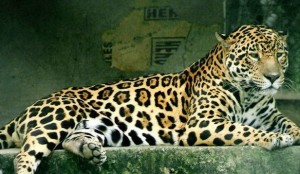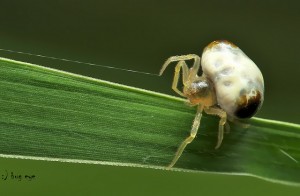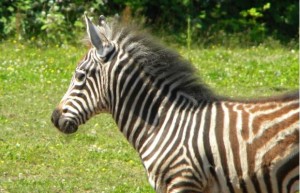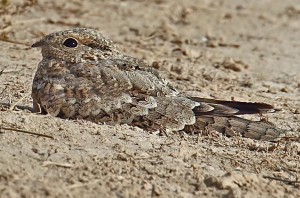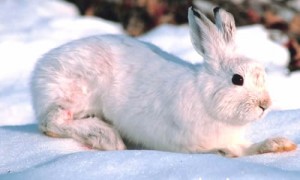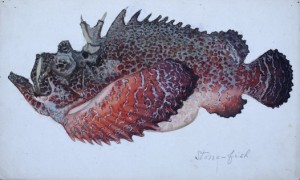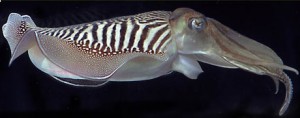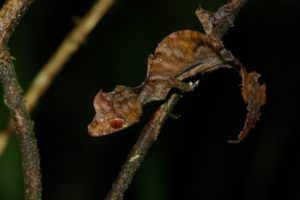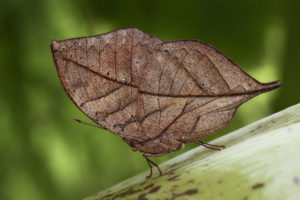Animal Camouflage Facts
The camouflage of the most amazing animals you’ve never seen!
Almost every animal has a good reason to hide.
Going undetected makes it easier to catch food – and easier to avoid becoming someone else’s. In any species, the individuals that stand out the most will be the first to be eaten and the last to catch their own dinner, and so natural selection picks the ones with the best camouflage.
There are several different kinds of camouflage. The most basic is to hide under a rock, or in sand or leaves. This is sometimes called ‘crypsis’, and some animals will incorporate bits of their environment on their bodies to improve the effect.
Three-toed sloths have algae growing in their fur, which gives them a dark green hue that helps them hide among the trees. Coral crabs deliberately attach young polyps to their shells so they resemble part of the reef.
The next step is to change your own body colouration. Mammals have a colour palette restricted to white, black, brown and yellow, but fish, amphibians, reptiles and birds can all produce a vivid array of greens and bright red.
Red might not seem like a great colour for camouflage, but lots of seaweed and corals are red, and in fact many sea creatures obtain the red pigment for their bodies by eating the corals and seaweed that they hide among.
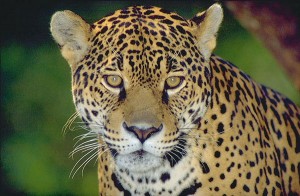 Camouflage is a show performed for a few specific observers. Most mammals see in black and white, or only two colours. Primates see three primary colours while birds see four.
Camouflage is a show performed for a few specific observers. Most mammals see in black and white, or only two colours. Primates see three primary colours while birds see four.
Insects can see well into the ultraviolet part of the spectrum and many snakes can sense infrared. Choosing the right camouflage is about exploiting the weaknesses in your target’s visual system.
Even if your colour is a very close match to your surroundings, your outline can still give you away. One of the earliest parts of the brain to evolve was concerned with recognizing the edges of things, and most animals still have a dedicated outline recognition brain region. Good camouflage uses contrasting patterns of light and dark, or different colours.
These trick the outline recognition system so that it mentally carves up your shape into smaller, irregular blocks. In some environments, there is so little to hide behind that this ‘dazzle’ camouflage is all you have.
The Royal Navy used this technique in World War I to make it hard to judge the speed and heading of battleships on the featureless ocean. But the orca, or killer whale, beat them to it by several million years.
The bright patches of white on a black body disrupt its outline so that it is not immediately recognised as a threat. Zebras use the same technique, but this time the entire herd merges into one huge zebra that is much more intimidating and confusing to lions and cheetahs.
Sometimes, a purely visual camouflage isn’t enough. Procrypsis is the technique of camouflaging your movement. Predators are acutely sensitive to movement, but a typical forest is a whirl of activity and they must quickly tune out the background motions of wind, water and all the non-food animals if they are not to be overwhelmed.
Chameleons, leaf insects and preying mantises can exploit this by moving with a rocking motion that mimics the swaying of branches in the wind. Some Pacific octopuses will curl up like a rock, but still manage to move along the seabed by synchronizing movement with the back-and-forth patterns of shadow cast by sunlight through the waves.
- Read also How Do Jaguars Survive In The Rainforest
Jackson’s chameleon camouflage
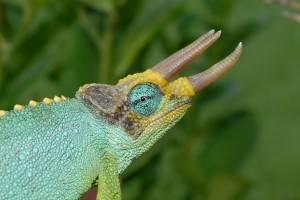 Technique: Colour and movement
Technique: Colour and movement
Reason: Hunting
In the lush, high-altitude forests of Kenya and Tanzania, the bright green skin of the Jackson’s chameleon blends with the mosaic of thick waxy leaves.
Their skin is mottled to break up the animal’s outline and has very rough scales to create a thorny, irregular texture. When they perch, their long tail is coiled into a tight circle to help the chameleon look more like a leaf, and they move with a swaying motion to mimic the effect of the breeze through the branches.
Jaguar camouflage
Reason: Hunting
Hiding 100kg of big cat in the dense forests of south America isn’t easy, but if you are an ambush predator, it’s vital that you succeed.
Jaguars use a similar rosette pattern on their fur to the African leopard but the rosettes are larger, darker and have a small spot in the middle.
The effect is similar to the dappled shade cast by the thick jungle foliage on the forest floor. This makes it very hard to trace the outline of the jaguar, until it moves. And by then, it’s too late.
Tawny frogmouth camouflage
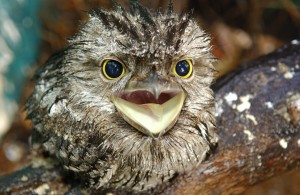 Technique: Disruptive colour pattern
Technique: Disruptive colour pattern
Reason: Defensive
This distant relative of the owl and cuckoo lives in Australia and New Guinea.
It eats insects and small frogs by sitting still until food comes within range, and then pouncing.
It feeds at night, so the camouflage is to protect it during the day. Perched motionless in the crook of a tree branch or on a dead log, the pattern of its feathers mimics the texture of tree bark.
- Read also Shoebill Bird Facts
Bird dropping spider camouflage
Reason: Defensive
This Australian spider catches moths at night by luring them with their own sex pheromones, but during the day it is vulnerable to being eaten by birds. So it disguises itself as the least appetizing thing for a bird: their own droppings!
The creamy-coloured abdomen with brown stippled patches closely resembles the guano of a bird that feeds on insects.
Israeli sand gecko camouflage
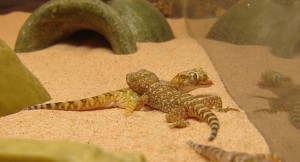 Technique: Colour and counter-shading
Technique: Colour and counter-shading
Reason: Protection and hunting
Sand geckos use the huge surface area on their finger pads to cling to the walls or roofs of rock crevices in the desert.
The mottled sandy colour that covers all of their upper surface, including their eyelids, blends against the gritty sandstone rocks. When they are the right way up, hunting insects on the desert floor, their white belly appears to neutralize the shadow cast by their upper body.
Zebra camouflage
Reason: Confusing predators
The African savannah is a difficult place to hide, but the bright stripes of the zebra work in a different way. Instead of making the animal blend into its surroundings, they make it blend into the herd.
When threatened, zebras huddle together and the stripes make it difficult to tell where one starts and another ends. Lions and other predators rely on splitting one target away from the herd.
The visual clump created by the stripes confuses and acts as a survival technique for the zebra.
- Read also Facts about Horses
Egyptian nightjar camouflage
Reason: Protecting its eggs
Birds normally defend themselves against predators by flying away, but the Egyptian nightjar lives in the desert, where there are no trees for roosting.
It also eats moths, which means it is active by night. In the day it rests on the sandy ground, but its mottled brown, rather scruffy-looking plumage is almost impossible to spot.
The nightjar just looks like a stone or a piece of dried wood. Egyptian nightjars don’t even build nests, hiding their eggs beneath their own camouflage.
Mackerel camouflage
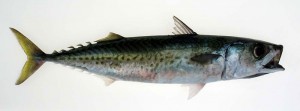 Technique: Stripes and counter-shading
Technique: Stripes and counter-shading
Reason: Defensive
Mackerel swim in huge schools. Seen from above, the distinctive striped pattern resembles the rippling pattern of shadow seen in shallow seas. At close range the effect may be similar to the zebra’s stripes and make it hard for predators to lock on to any single fish.
The counter-shaded belly is common to most fish, making them harder to spot from below against the lighter surface.
Snowshoe hare camouflage
Reason: Defensive
During the short Alaskan spring and summer, the snowshoe hare has fur that is standard ‘rabbit brown’ to blend against the leaves and heather.
But this hare doesn’t hibernate and a brown animal wouldn’t last long on a carpet of snow, with lynx and great horned owls patrolling. So it moults to a winter coat, which is pure white except for a black tip on each ear.
Stonefish camouflage
Reason: Ambush
The stonefish catches small fish and shrimp by lying still on the seabed and resembling a stone. When food swims close, it pounces and then goes back to being a stone.
To defend itself from its own predators, the stonefish has poisonous spines.
Whereas most poisonous animals are brightly coloured as a warning, the stonefish’s camouflage means that it’s often trodden on by accident, killing a human in two hours.
Cuttlefish camouflage
Reason: Signaling, hunting and protection
Cuttlefish have the most advanced colour-changing system of any animal.
Not only can they change their colour in less than a second, but they can also move from static camouflage patterns to rapidly pulsing displays to hypnotize prey or communicate with other cuttlefish.
Their skin can also change the polarization of the light reflecting off it, important because many marine animals are sensitive to the polarization angle of light.
Indonesian mimic octopus camouflage
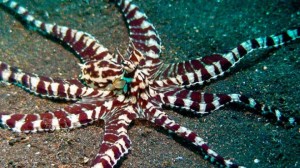 Technique: Colour changing and behavioral mimicry
Technique: Colour changing and behavioral mimicry
Reason: Protection and hunting
The mimic octopus is an active predator and can’t afford to spend long periods sitting on the seabed pretending to be a rock.
But it does have lots of predators of its own, so uses its camouflage abilities to imitate more than 15 other animal species. As well as changing the colour and patterning of its skin, it can also radically alter its texture from smooth to spiny and contort its arms and body to change shape.
Satanic leaf-tailed gecko camouflage
Reason: Defensive and hunting
Satanic leaf-tailed gecko inhabits Madagascar and was discovered in 1888.
These lizards have taken on the appearance of dead dried leaves, and they are also known for their ability to mingle with the tree root. During the day, this camouflage helps the lizard to hide from the predators, and during the night camouflage is used for hunting.
They can align their body with the backing to reduce the size of the shadows, open their jaws to show a scary, lustrous red mouth, and move the tail to fool the predators who think it’s just another leaf on the wind.
It belongs to the nocturnal reptiles with large eyes, moving on trees at night and feed on insects, mostly crickets and moths.
Dead leaf butterfly camouflage
Reason: Defensive
When it closes its wings it looks like a dry leaf (like the satanic leaf-tailed lizard previously mentioned).
Kallima inachus or dead leaf butterfly live in tropical Asia from India to Japan. The females of this butterfly are somewhat larger than males, and their wings range is from 85 to 110 millimeters (3.3 to 4.3 in).
These butterflies have two generations per year that look different and their appearance depends on the season in which they are born (dry-season form and wet-season form). The wings of each butterfly are different, and all look like a dead leaf in different stages of decomposition – they have been so scattered that they even have holes on themselves. (Please share this post if you like it!)

